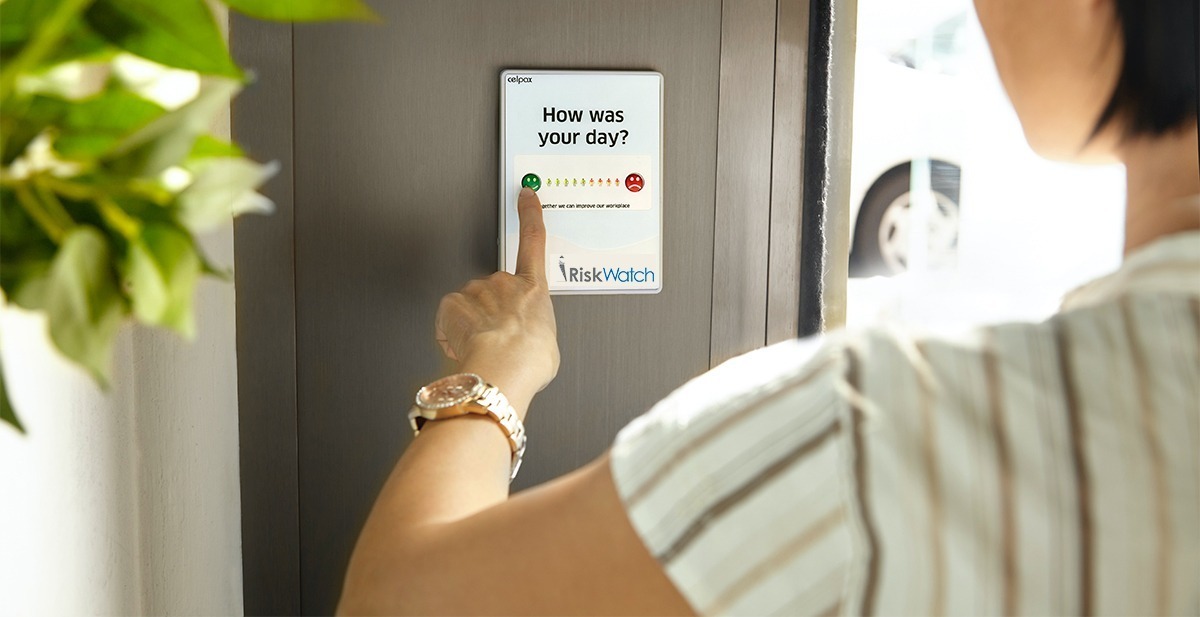Avoiding Reputational Risk
 Reputational Risk
Reputational Risk
Every organization, despite its size, location, or industry, has reputational risk. While any risk carries the possibility of causing undesirable consequences, damage from reputational risk can be disastrous for a company of any size. This blog will aid you in avoiding reputational risk by learning what it is and how you can plan for it.
What Is Reputational Risk?
Reputational risk is the possibility of an event that will have a negative impact on an organization’s reputation. This includes negative public perception or publicity, which carries the potential of fines, loss of business, devalued market shares, etc.
Reputational risk can occur in a variety of ways. Mainly, directly or indirectly through actions or inactions. This can come to be from actions the organization itself takes, actions taken by an employee, or actions taken by a third-party. A very well known example of reputation risk is the 2016 Wells Fargo scandal. The company’s illegal actions and mistreatment of its customers resulted in mass coverage on social media, news outlets, countless articles, and even documentaries. This negative coverage caused major reputational damage to the company.
Managing Your Reputational Risk
1.Risk Strategy and Planning
Its vital for companies to include reputational risk in their overall risk strategy. This involves exploring potential weaknesses and scenarios that could harm public perception and eliminating those where possible.
Planning out how reputational risk will be evaluated and determining indicators will be crucial so management will know when to take action. As an example, regular customer feedback reviews should be incorporated into the plan to identify recurring issues such as poor customer service. Addressing these concerns at early identification prevents issues from escalating.
2.Build Your Brand Image
Creating a positive relationship with customers/partners and building your brand image is necessary to reduce the impact of a reputation-damaging incident. In addition to being a good business practice, this helps others see that there is more to your organization than a mistake.
For example, a pipeline leak creates terrible PR no matter what. However, a company that built a reputation of planting tress over the past year might gain some forgiveness from environmental activists, pending their immediate response.
3.Create Contingency Plans
In a worst-case scenario, your organization should be ready to respond quickly and professionally to any incident. This is especially true if an event has gone public. Every minute wasted can allow your company mishap to spread through social media and news outlets, increasing the potential audience size.
Even a minor mishap can quickly spread, so this plan should include your response team, press release templates, identify relevant contacts, etc. Reputational risk really requires a unique approach for each organization, but communication and transparency are always highly valued.
Create a Culture of Brand Ambassadors
Amongst other steps, creating a positive work environment for employees is a great starting point. An organization’s employees are the face of a brand and will share their experiences to friends and family. A happy employee will help promote a positive image of your brand as it will be recognized as a great place to work. This furthers any other efforts as well, such as having employees participate at local animal shelter or food bank events. Employees will take photos, invite friends, and create a more positive image for the organization.
In addition, according to Forbes, happy employees have been found to show a 20% increase in productivity compared to unhappy employees. Productivity increase speak for themselves, but happy employees are also more focused on their work, less likely to create a mistake that results in reputational damage.
Similarly to your employees, your customer or partners will speak highly of an organization that is easy to work with, shows respect, and feels trustworthy. Focus on connecting and building positive relationships, and these people are less likely to turn away from you in light of reputational damage.
Perform Risk Assessments
Is your organization prepared for reputational risks? Performing a risk assessment is the first step to seeing how vulnerable you are and what preventative measures can be taken. You’ll evaluate if management is focused on enhancing the brand’s reputation, identify significant threats to the company’s reputation, and determine if rapid response plans are in place.
RiskWatch software enables you to perform these crucial assessments, and track progress on company risks. Create tasks to reduce reputational risk and assign them to staff members – you can easily keep track through automated analytics and reports. Finally, store any relevant documentation, such as response plans or proof of compliance, within the software. Set up a free call with our staff and we will instruct you how to use our free platform to reduce reputational risk


 Reputational Risk
Reputational Risk